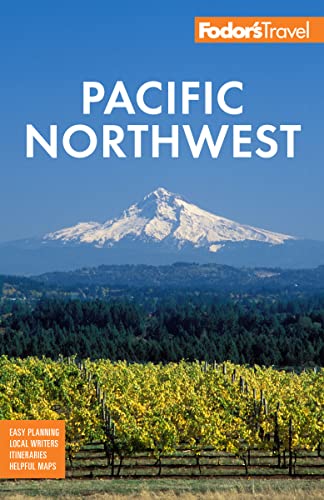How to Buy Aboriginal Art in British Columbia
With 198 First Nations peoples in British Columbia alone, it's easy to be mesmerized, even confused, by the range and diversity of the indigenous art you'll see. Different bands have traded materials, skills, and resources for centuries, so today it's often difficult to attribute any particular style to any one group. It's this blending, though, that has created such a rich cultural mosaic. That said, there are still some groups, such as the Haida and Coast Salish, who have strong identifiable traits.
Broadly speaking, First Nations art is a language of symbols, which come together to describe the legends and stories that link one community with another. Contrary to popular belief, although these symbols may share a similar meaning, they are by no means a common language: the Coast Salish, for example, view the hummingbird differently from how the Tsimshian Tribe do.
According to Rikki Kooy, whose Shuswap name is Spirit Elk Woman, there are two heartfelt ways many people purchase First Nations art. "The first is to fall in love with a region of British Columbia, and find the First Nations group that represents that area," she says. "The second is to fall in love with a piece for its calling." Rikki has been involved with retailing aboriginal art for more than 35 years and is a former advisor to Aboriginal Tourism BC.
Once you've found yourself drawn to a particular piece, whether it's jewelry, a mask, or a print, there are three essential questions to consider in judging its integrity and authenticity.
Does the work or design have a title? Because First Nations art is highly symbolic, authentic pieces will be titled. The title will usually allude to mythical lore, real-life stories, and/or the artist's ancestry.
Is the cultural group identified? Every piece holds a story, against which there is often a broader background of heritage, hierarchy, and geographic origin. For example, a Haida piece will likely have come from Haida Gwaii, or have been made by a descendant from that region. By knowing the region, the nuances of the piece's symbolic language are more easily identifiable.
Is the artist named, or better still, is there a background sheet available? First Nations peoples hold relationships in high esteem, so dealers with integrity will have a relationship with the artists they represent and should have a background sheet on the artist and his or her heritage. This adds to the authenticity of the work and gives background about the artist and his or her other works.




